Is Solana Ready For TradFi?

In 2024, Solana emerged as a pivotal player in the blockchain landscape, garnering significant attention from traditional finance (TradFi) institutions. Its high scalability, low fees, and robust infrastructure have positioned it as a strong contender for integration into traditional financial systems. Solana is thriving with impressive metrics, including 61.5 million daily transactions and 5.6 million […]
7 Types of AI Agents That Can Automate Your Workflow
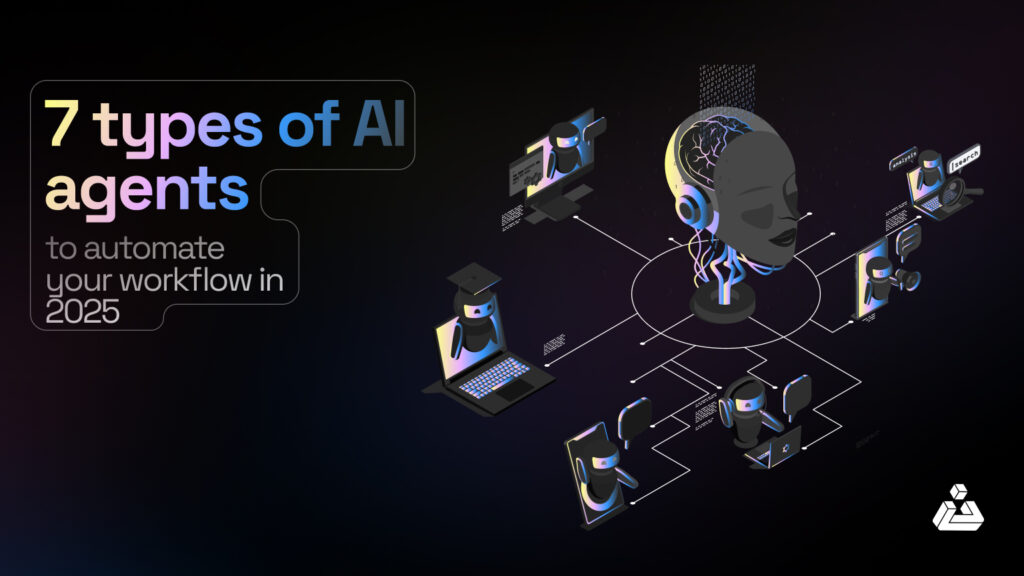
The AI market has been growing rapidly and the segment of AI agents is trending the most. Impacting various sectors and business operations, the changes are prompted by several key factors Companies are choosing AI agents that can scale up personalized responses due to the increasing complexities of customer interactions as well as the need […]
Top Bitcoin Layer 2 Projects to know in 2025

Bitcoin Layer-2 networks offer a much-needed answer as Bitcoin’s rapid growth increases the demand for scalable solutions. With transaction speed slowed and fees surging, user frustration has grown. Bitcoin Layer-2 protocols, built on top of the Bitcoin blockchain, enable faster, lower-cost transactions by processing them off-chain. As a result, they reduce congestion and improve overall […]
Why Use SocialFi? The Future of Social Networks and Finance

SocialFi, short for Social Finance, is a concept that blends social networking with decentralized finance (DeFi), creating a new model for how people interact socially and economically online. Unlike traditional social platforms, which are controlled by centralized entities, SocialFi enables users to own their data, content, and interactions. By incorporating blockchain technology, this model offers […]
Why DePIN Struggles to Achieve Mass Adoption?
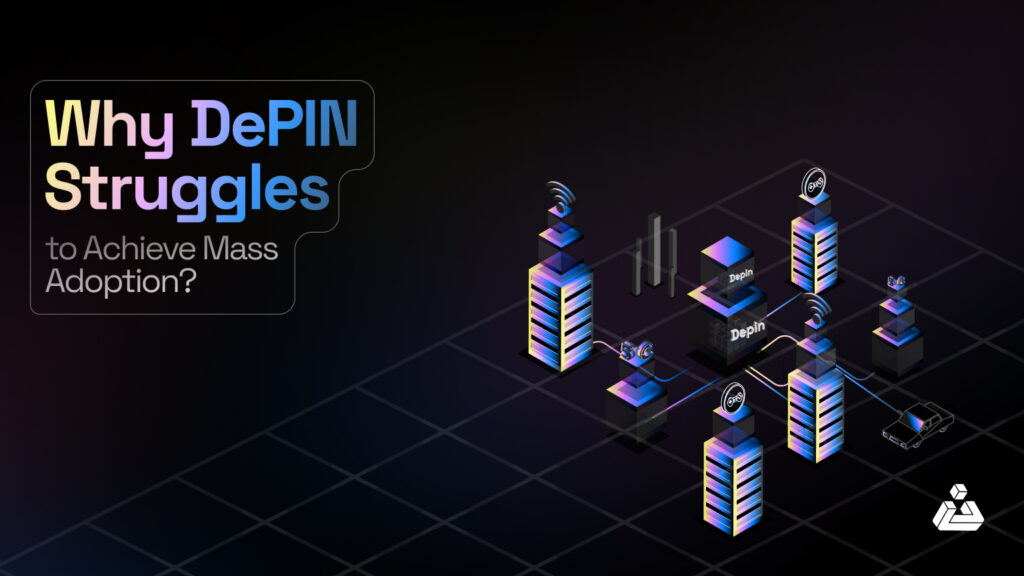
Decentralized Physical Infrastructure Networks (DePIN) represent a bold vision in the blockchain and Web3 space. It aims to decentralize real-world infrastructure by allowing individuals to contribute and maintain physical resources—such as storage, bandwidth, or network coverage—in exchange for tokens. This model promises a more distributed, resilient, and privacy-preserving infrastructure compared to traditional centralized solutions. However, […]
Blockchain and Game Theory
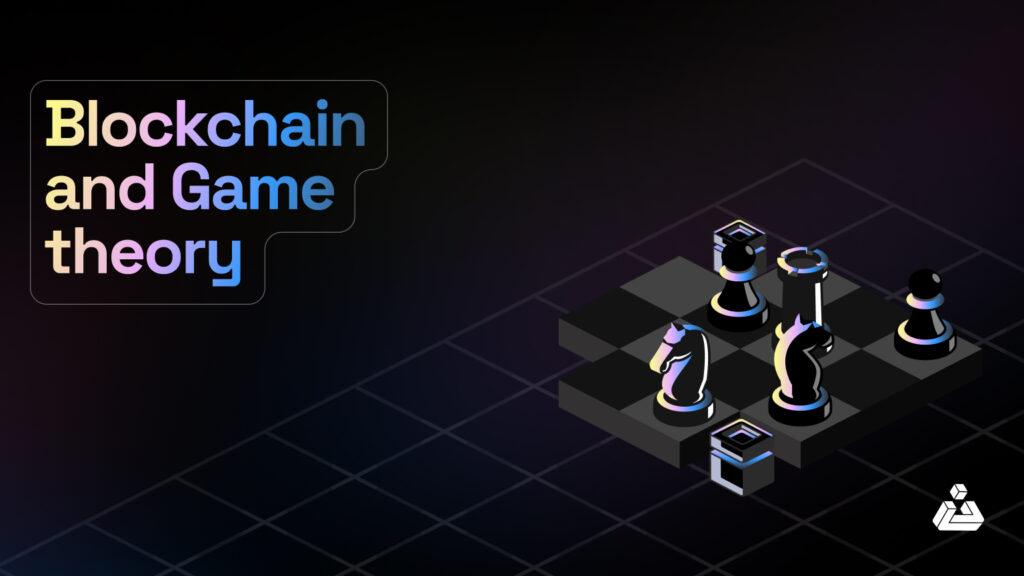
The intersection of blockchain technology and game theory represents a compelling fusion where economic strategies and technological innovations converge. This connection focuses on utilizing game theory’s principles to design and secure blockchain networks. Within the context of the Semantic Web, game theory plays a pivotal role in designing algorithms and protocols for autonomous agents to […]
Web3 Wallet Security Checklist

The world of cryptocurrency is growing at an unprecedented pace. Bitcoin ETFs, which were approved on January 24’ opened ways for institutions and retail investors to access cryptocurrencies. It is safe to say that crypto adoption is increasing rapidly. As of 2024, an estimated 562 million people, representing 6.8% of the global population, own cryptocurrency—a […]
What Are Bitcoin Atomicals and ARC20?

Atomicals provide the platform for the creation and management of ARC-20 tokens. ARC-20 is a standard for issuing fungible tokens on the Bitcoin blockchain, similar to how ERC-20 functions on Ethereum. This article delves into ARC-20 tokens and Atomicals, exploring their mechanics, benefits, and potential impact on Bitcoin’s future. As the Bitcoin blockchain continues to […]
NFT Bears to DeFi Bulls Unpacking Berachain’s POL Mechanism and Potential Pitfalls
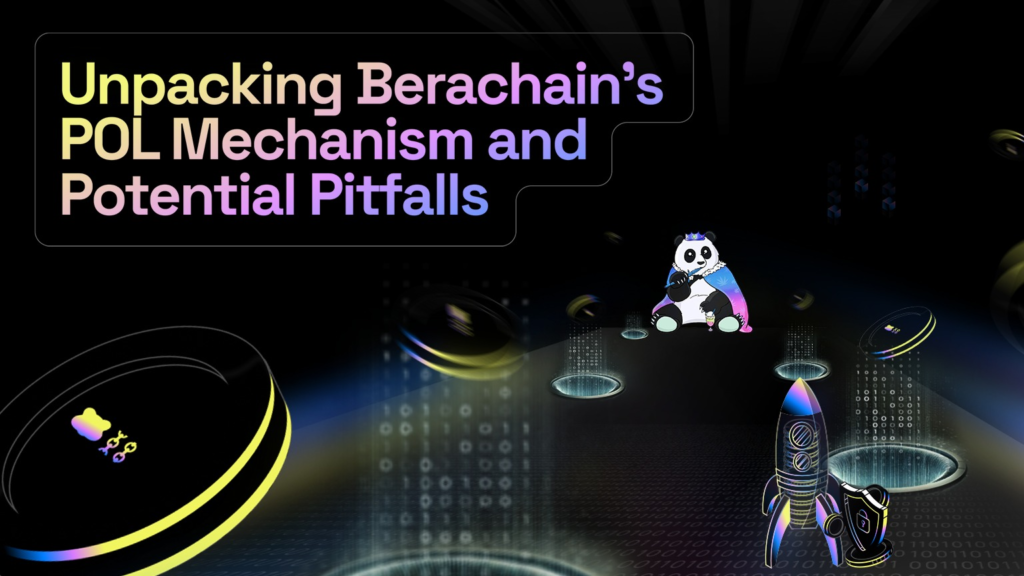
What is Berachain? Berachain is a high performance, EVM-identical Layer 1 blockchain leveraging Proof of Liquidity (PoL) as its consensus mechanism. It is built using BeaconKit, a modular framework developed for CometBGT consensus into EVM-compatible execution environments. BeaconKit offers increased composability and features like single-slot finality (SSF), ensuring efficient block production and high throughput. This […]
AML in Crypto vs Traditional Banking: An In-Depth Look
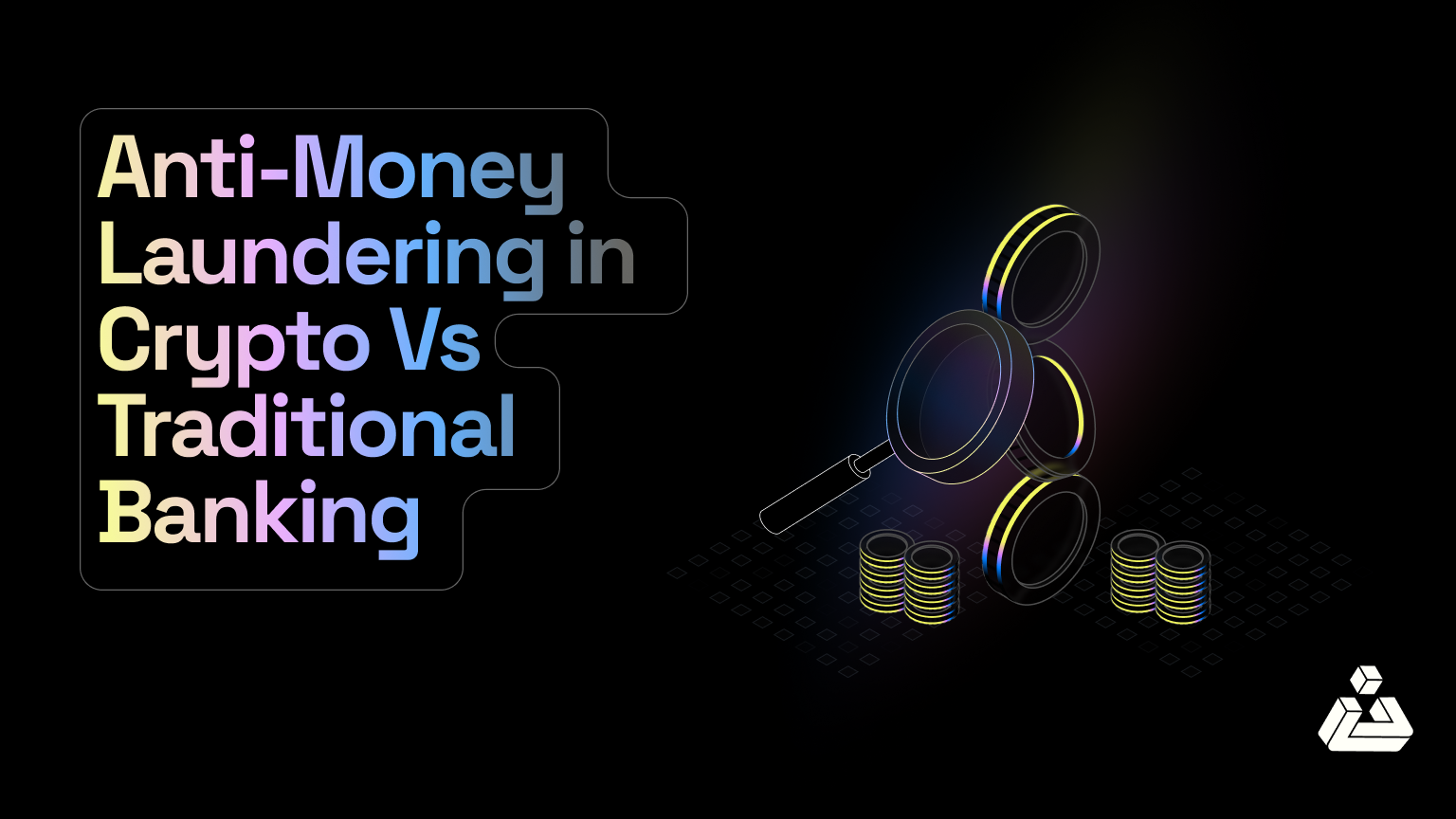
Key Takeaways: Money laundering involves three stages: introducing illicit money (placement), obscuring its origins (layering), and making it appear legitimate (integration). Common laundering methods include using small transactions to avoid detection, employing mules to move money, exploiting casinos, using cryptocurrencies for anonymous transactions, blending illicit funds in cash-intensive businesses, buying valuable commodities, and operating shell […]








